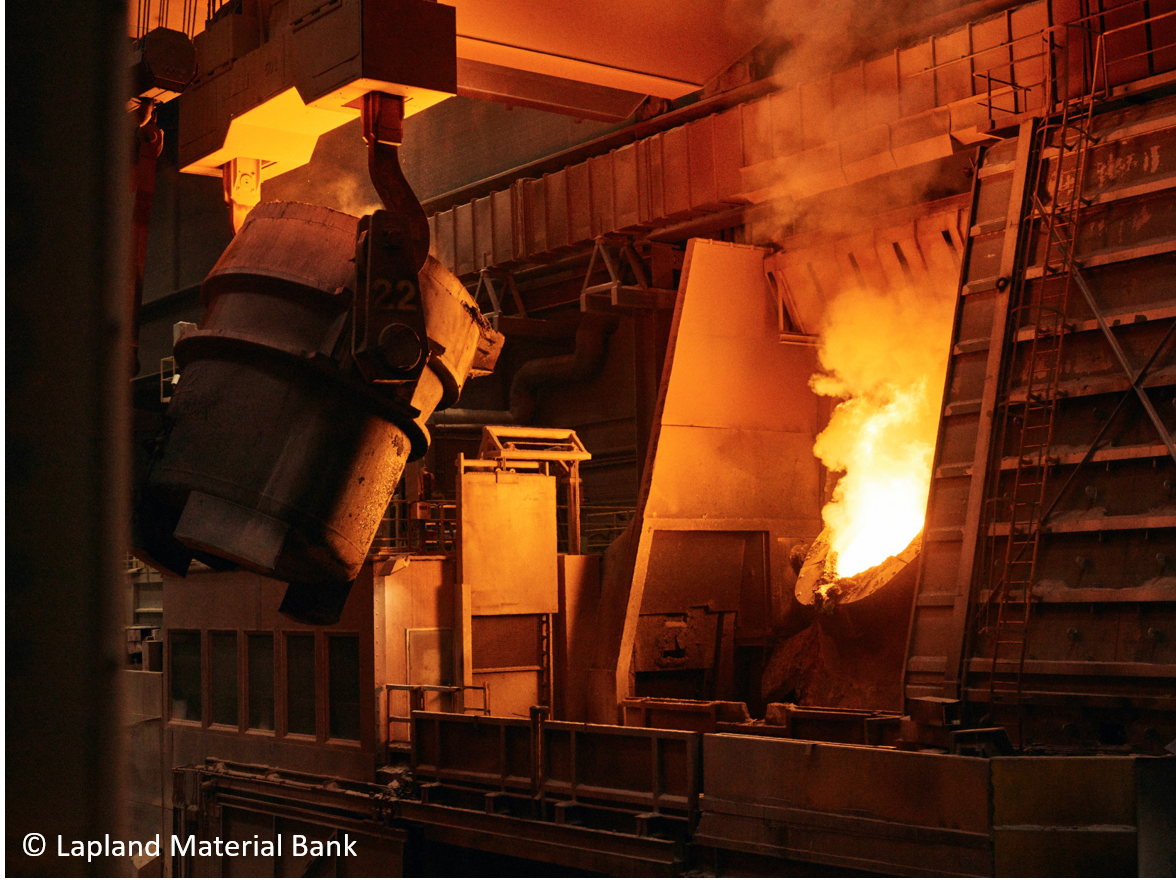
About Lapland
About the Region
Lapland is the largest and northernmost region of Finland with an area of 100,367 km², which is 25.7% of the country’s total. In the south it borders the Northern Ostrobothnia region, in the west Sweden, in the north and west Norway and in the east Russia.
Lapland is home to about 180,000 people, or 3.3% of Finland's population, making it the least densely populated area in the country. The biggest cities in Lapland are Rovaniemi, which is the regional capital, Tornio and Kemi. The cornerstones of the region's economy are the steel and metal industry, the mining industry, forestry, tourism, agriculture and reindeer husbandry. The energy sector will also play an increasingly important role in the region’s economy in the future. The value of Lapland’s export is annually about 7% of Finland’s total export.
The Northern part of Nordic countries, including the Region of Lapland, has the only indigenous people of the EU, the Sámi people.
The Mining and Metallurgy Industry
The role of mineral prospecting and mining has become more prominent in the region in the last few years. The ore resources in Lapland are amongst the richest in the whole of Europe. Many new mines have been opened and other ones are currently being planned. Mining is especially extensive in the Kemi region and in Kittilä in Sodankylä. Tornio is globally renowned for its extensive steel industry, hosting the Outokumpu Tornio plant which is the most integrated stainless-steel plant in the world.
The Lapland region is rich in gold, which is being extracted in the Kittilä mine, also known as the Suurikuusikko mine, which is the largest gold mine in Europe. Around 8000 kilogrammes of gold are mined in the Kittilä mine each year. The Kittilä mine also has a processing plant for the gold that is being extracted from the mine. The plant’s processing capacity is currently bring raised from the current 1.6 million tonnes per annum to 2.0 million tonnes per annum.
Nickel, copper, gold, platinum and palladium are extracted in the Kevitsa mine. In 2017, around 7,911 thousand tonnes of ore were extracted in Kevitsa. The Kemi mine is the only chromium mine in the European Union. Currently, the mine extracts 2.4 million tonnes of chrome ore per year.
Mineral Deposits and Metallurgy Production Sites
Kittilä mine, also known as Suurikuusikko mine, is located 36 kilometres north-east of the city of Kittilä. Exploration began in 1986, and production started in 2008. The Suurikuusikko mine is Europe’s largest gold mine and is composed of two open pits.
The Kevitsa open-pit mine is located in Sodankylä in northern Finland. The operation, which comprises a mine and a concentrator, went into operation in 2012. The ore concentrates are supplied to their own smelting plant in Harjavalta and to external customers.
The Kemi mine is the largest underground mine in Finland, with an annual production capacity of 2.7 million tonnes of ore. The purpose of the Kemi mine in the long production chain from chromite ore to stainless steel, is to produce concentrates from ore as raw material for the manufacture of ferrochrome at the ferrochrome plant located in Tornio.
The company Anglo American is carrying out the Sakatti project in Sodankylä, which is a significant copper, nickel and platinum metals discovery. The project is, however, still in the exploration phase. Another significant deposit can be found in Kolari, which is located on the border to Sweden, and which represents Finland’s largest iron ore reserves. The Rompas exploration project, which is a discovery of gold and uranium reserves, is located in the municipality of Ylitornio and is operated by Mawson Resources.
Suhanko Arctic Platinum consists of three large project areas in northern Finland, named Suhanko, Narkaus and Penikat, and covers large undeveloped platinum, palladium and gold deposits with significant by-product copper and nickel. The Sokli deposit, operated by Yara International, represents one of the largest phosphate reserves in Finland.